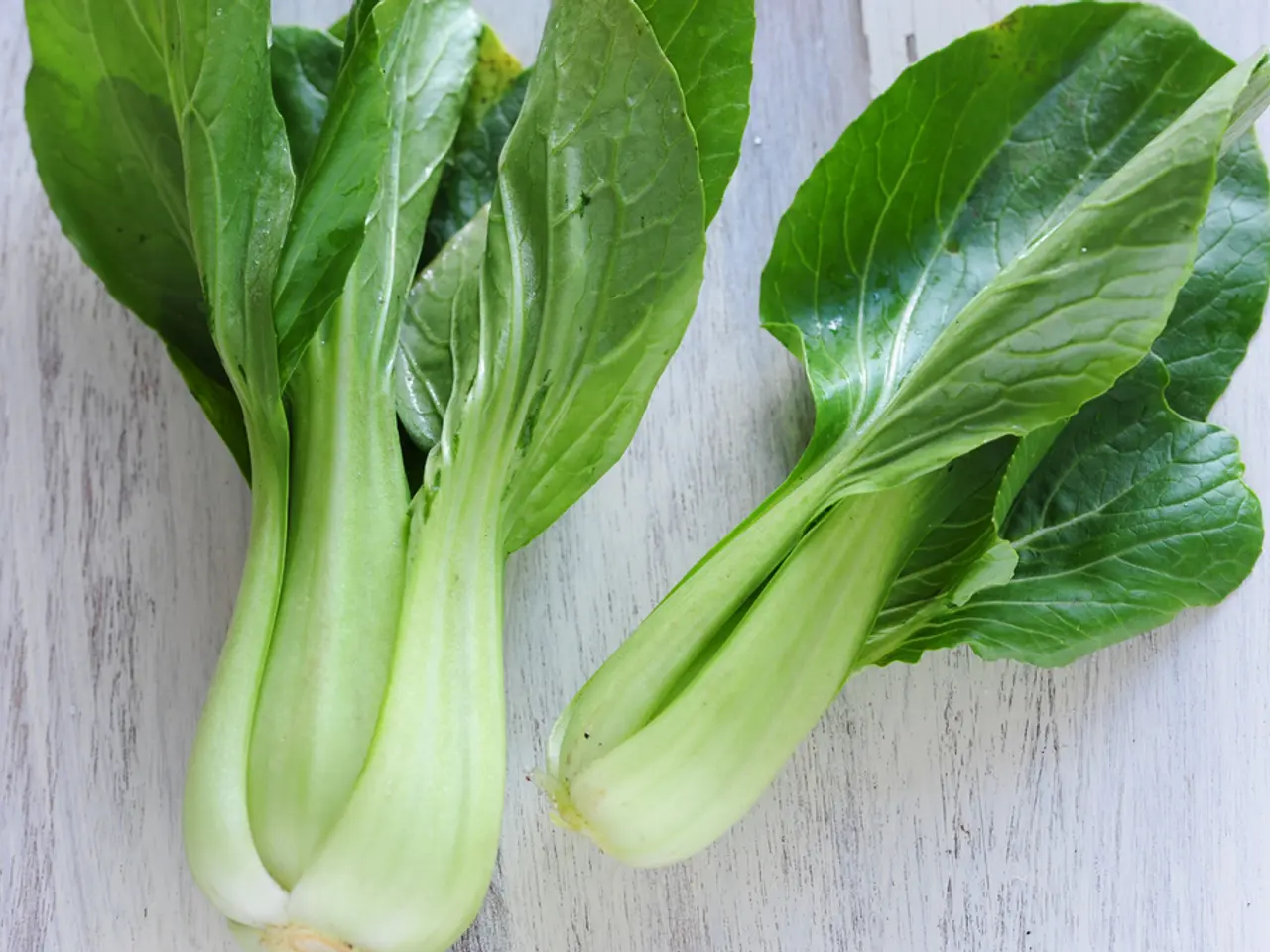Successful Second Harvest in July: A Guide for Gardeners
Common blunders in July cultivation causing a lack of second harvest
To ensure a bountiful autumn harvest from your July plantings, follow these key strategies for crop selection, soil preparation, watering, crop rotation, and fertilization. By avoiding common pitfalls, you'll increase your chances of a successful second harvest.
Crop Selection and Timing
Choose quick-maturing varieties that can be harvested before the first frost. Focus on beets, beans, radishes, leafy greens (lettuce, spinach, kale, chard), carrots, and short-season brassicas (broccoli, cauliflower started as seedlings). Sow succession crops like lettuce and radishes every 10–14 days for a continuous harvest. Some vegetables, such as kale, carrots, collards, and Brussels sprouts, can even become sweeter after exposure to cool weather. Protect newly sown seeds from summer heat by keeping soil moist, using mulch, and providing shade if necessary.
Soil Preparation
Refresh soil by amending it with compost or well-rotted manure to replenish nutrients depleted by the first crop. Loamy, well-drained soil is ideal for most vegetables. Test your soil and adjust pH if necessary. Mulch generously to conserve moisture, regulate soil temperature, and suppress weeds.
Watering Practices
Water deeply and regularly to ensure the soil stays moist (but not waterlogged) to at least 4 inches deep. Avoid blossom-end rot by maintaining consistent moisture. Water in the early morning to minimize evaporation and reduce disease risk.
Crop Rotation
Avoid planting the same crop (or its close relatives) in the same spot as your spring planting. This reduces disease and pest buildup and helps maintain soil fertility. Interplant quick crops like radishes between slower-growing brassicas to maximize space and deter pests.
Fertilization
Side-dress nitrogen in July to support vigorous growth, especially for leafy greens and brassicas. Use a balanced fertilizer or compost to provide a full range of nutrients. Over-fertilizing with nitrogen can lead to lush foliage at the expense of fruit production. Monitor plant health for signs of nutrient deficiency and adjust fertilization accordingly.
Additional Tips
Use garden fabric or row covers to protect young plants from early frosts, extending the growing season. Stagger sowings of crops like cucumbers and beans to ensure a prolonged harvest period. Monitor for pests and diseases, which can be more problematic in stressed plants. Install supports for heavy-fruited plants (e.g., tomatoes, peppers) to prevent breakage and improve air circulation.
Common Mistakes to Avoid
Planting too late can lead to crop failure. Neglecting soil health can result in poor growth and increased susceptibility to disease. Inconsistent watering causes stress, poor fruit development, and disorders like blossom-end rot. Overcrowding can encourage diseases, reduce crop quality, and hinder light, ventilation, and nutrient access. Ignoring crop rotation invites pests and depletes specific nutrients.
By carefully selecting crops, preparing the soil, watering consistently, rotating crops, and fertilizing appropriately, you can enjoy a productive second harvest from your July plantings, even as summer transitions to fall.
- For a successful second harvest in July, focus on quick-maturing crops like beets, beans, radishes, leafy greens (lettuce, spinach, kale, chard), carrots, broccoli, cauliflower (started as seedlings), and short-season brassicas.
- To maintain soil health and prevent common mistakes, amend the soil with compost or well-rotted manure, mulch generously, water deeply and regularly, practice crop rotation, and adjust fertilization as needed to ensure a bountiful autumn harvest.




